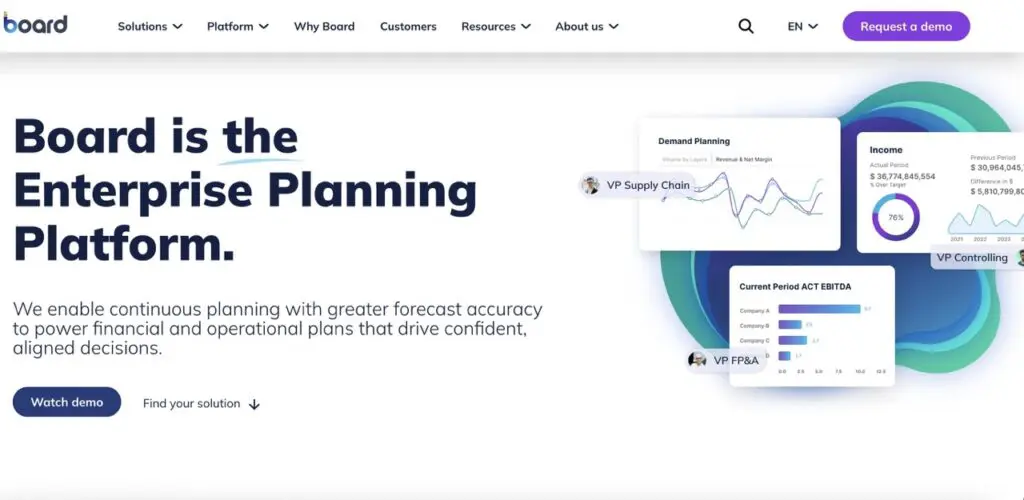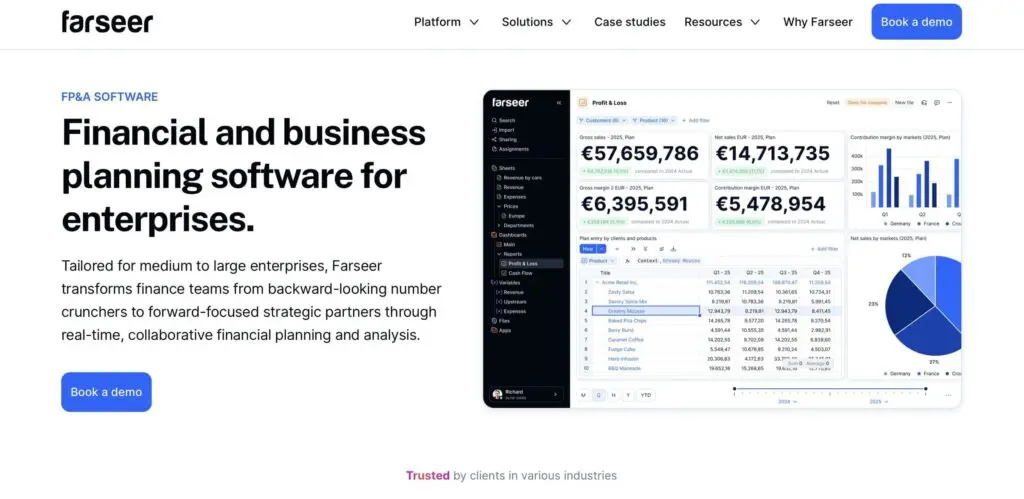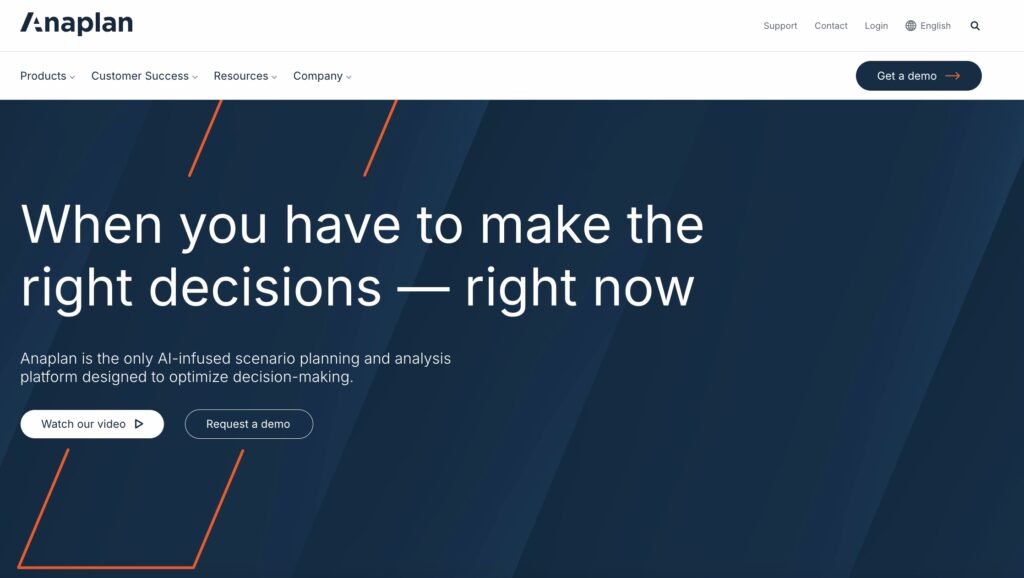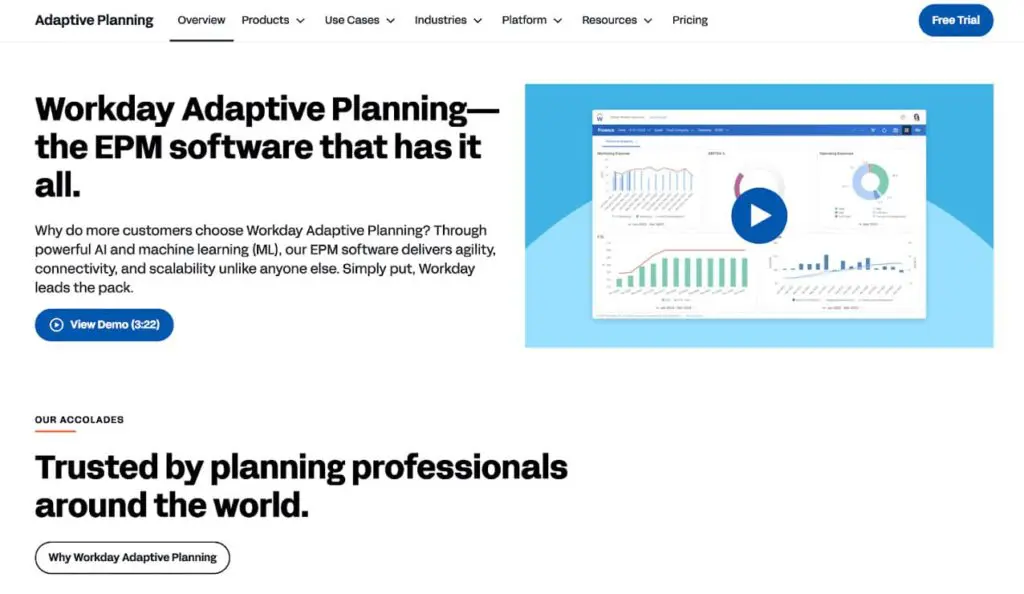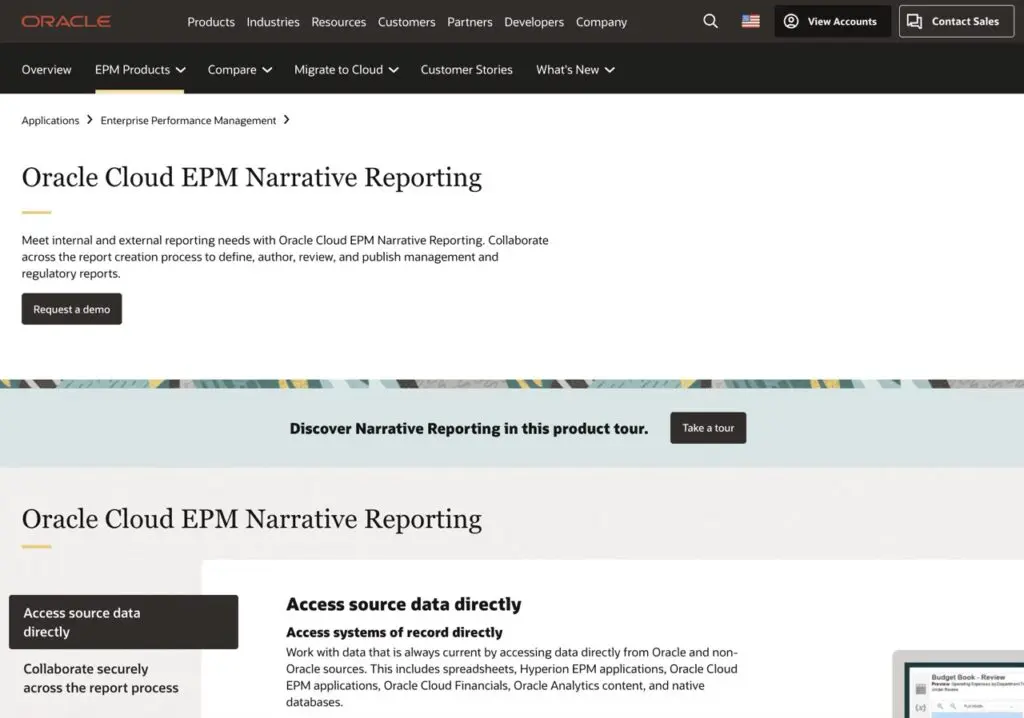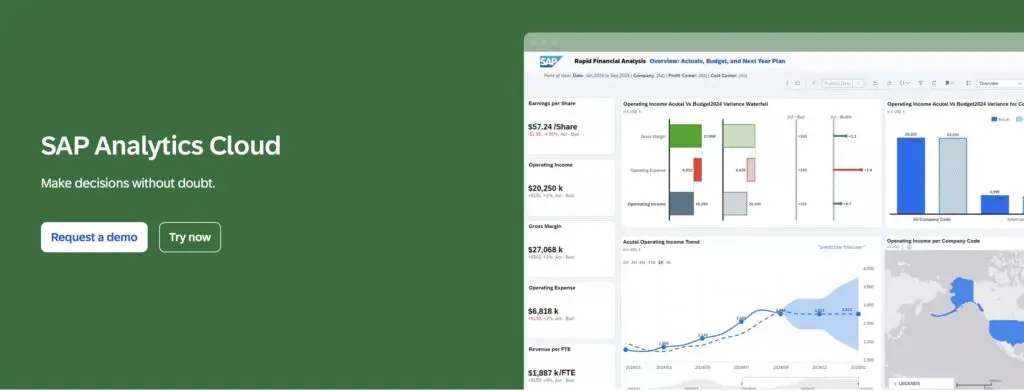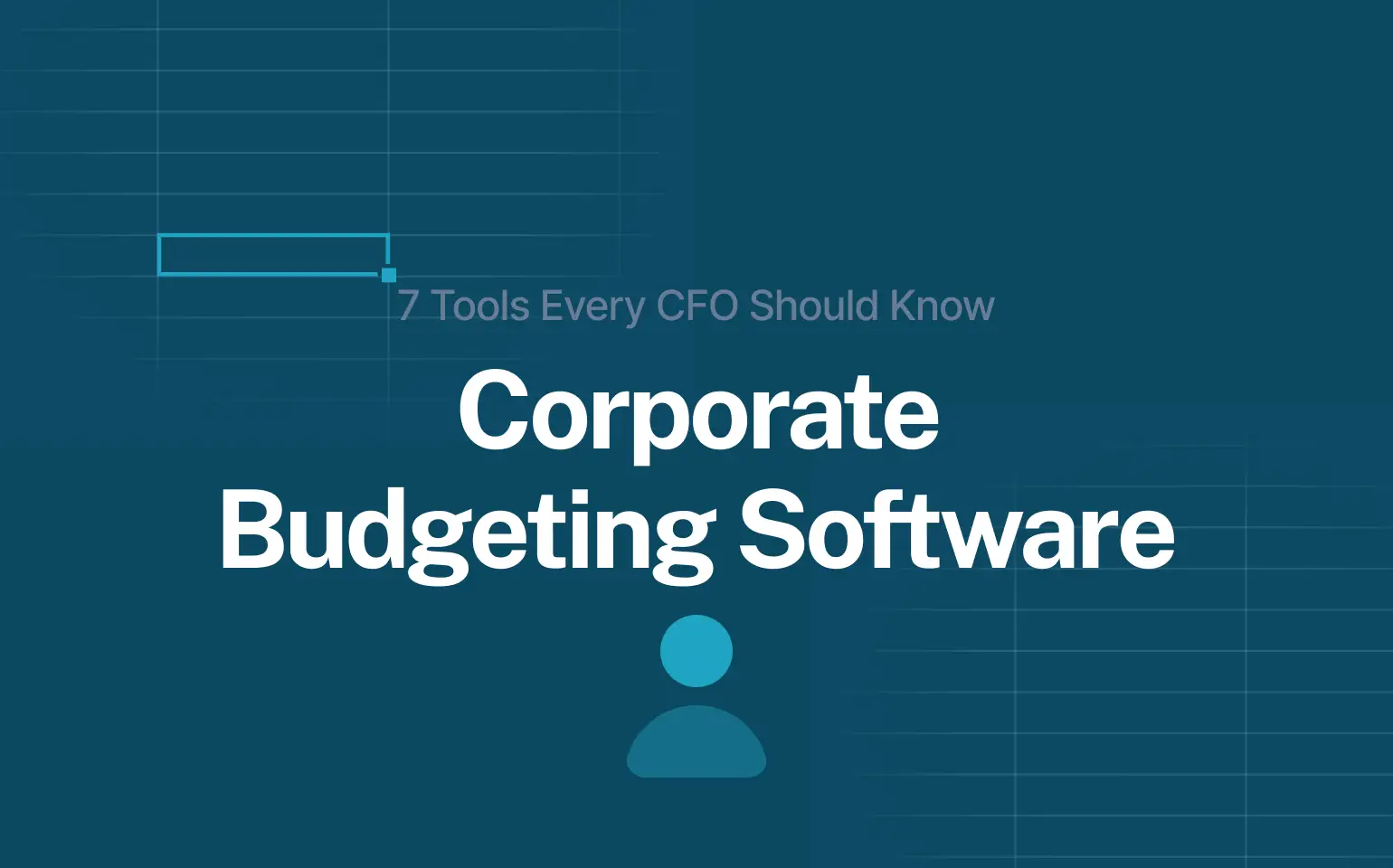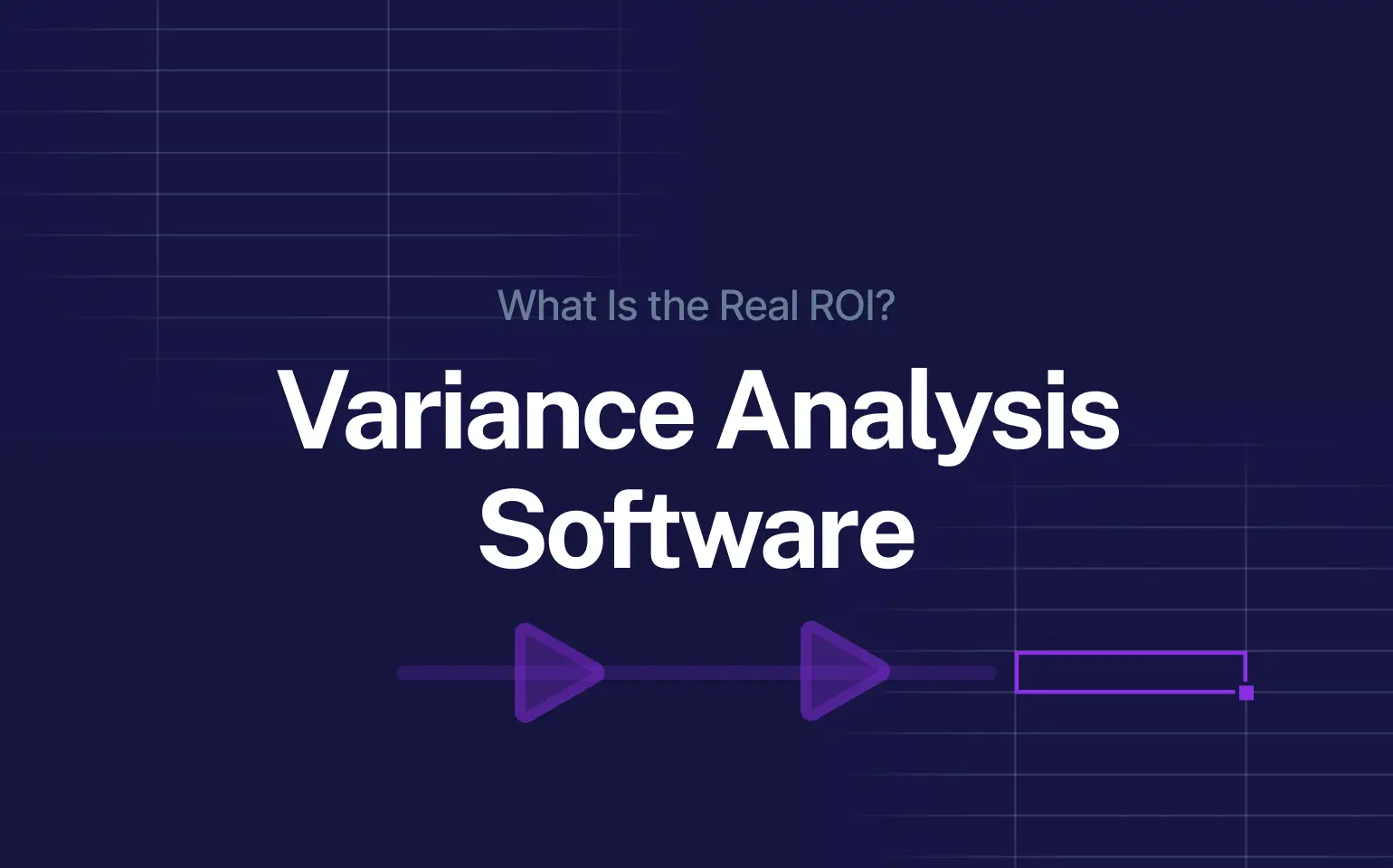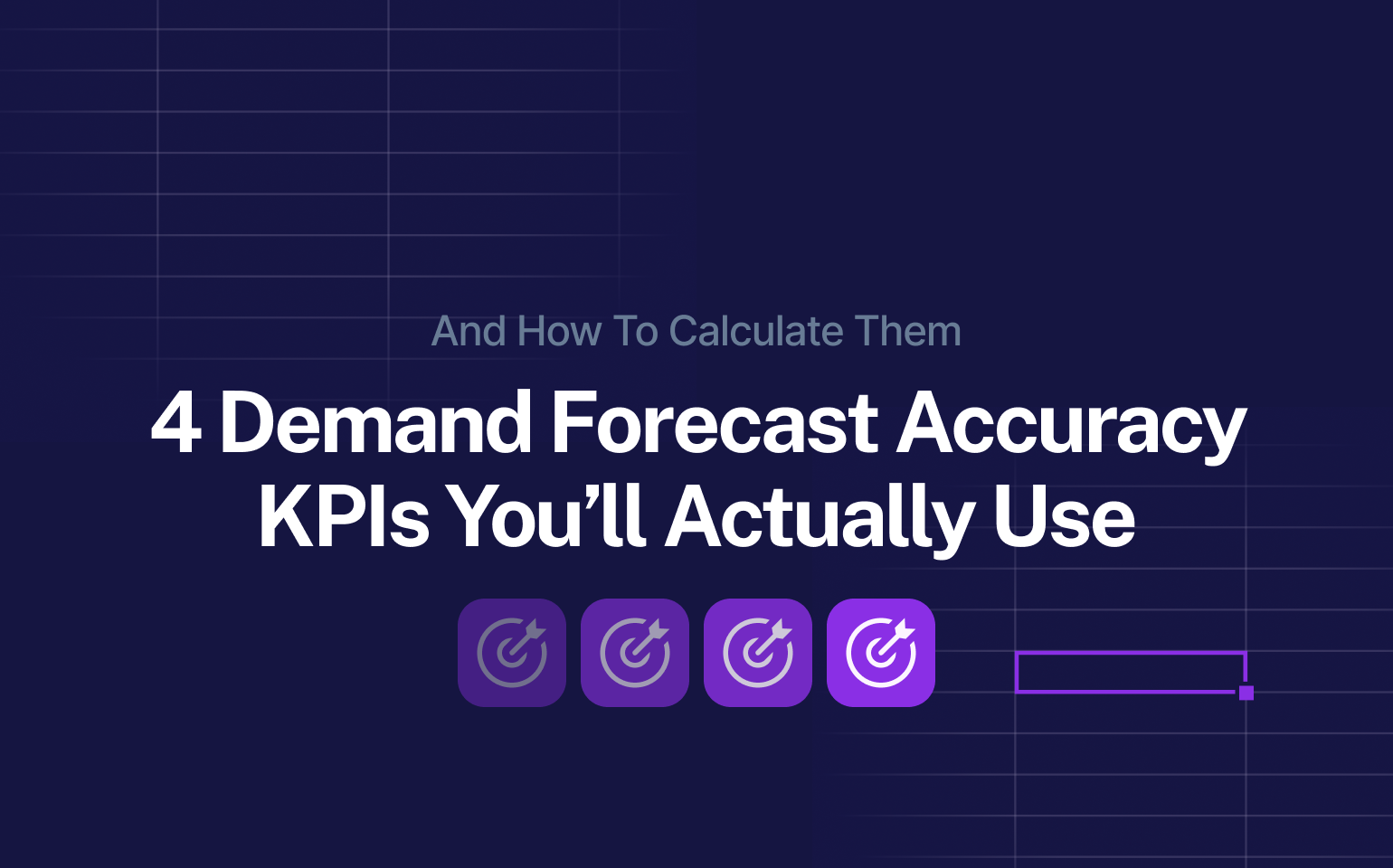Lately, Board competitors are getting more attention as teams start looking for better planning tools. While Board brings BI and FP&A together in one platform, it doesn’t work for everyone.
For instance, some teams want faster tools. Meanwhile, others prioritize more flexibility or something that’s easier for non-finance users. As a result, the way companies plan and report is changing, and many are outgrowing tools like Board.
Read: FP&A Software – A Practical Guide for Finance Teams
In this blog, you’ll find five strong alternatives. For each one, we cover the pros, cons, pricing, and who it’s best for – so you can choose what fits your team.
Common Problems with Board
Board is a powerful tool for planning and reporting, but many teams run into the same set of problems after rollout.
- It’s expensive
Pricing starts around $1,250 per user per year and can reach $2,500 or more. Add-ons, consultants, and support drive the total cost up quickly. - It takes too long to set up
Most companies need external help to build models and set up workflows. You need time, budget, and people who know the tool inside out. - It slows down with large datasets
Some users report long load times and performance drops when working with detailed data or big models. OLAP cubes come with size limits and don’t handle extreme volumes well. - Dashboards are hard to customize
Basic changes to charts, layouts, or filters often require workarounds or technical help. - Limited integration options
Board works well with big platforms like SAP or Microsoft. But if you’re using less common tools, connecting them can take custom development. - Hard to roll out beyond finance
Finance teams can manage it, but business users often avoid it. The interface isn’t built for casual users, and adoption stays low.
If your team needs a tool that’s easy to use, quick to set up, and more affordable long-term, it’s worth looking at other options.
Farseer – A Fast, Flexible Board Competitor for Mid-Sized and Large Finance Teams
Farseer helps finance teams plan faster and stay in control. It feels like a spreadsheet, but it runs on a high-speed engine that handles large datasets without slowing down. You can build models, run what-if analysis, and forecast with AI, all without calling IT, and it integrates with all relevant systems you may already have.
Why Farseer?
- Set up in 6 to 8 weeks
- No-code dashboards and workflows
- Spreadsheet-style interface with full version history
- Fast performance, even with detailed models
- AI for forecasting and anomaly alerts
- Real-time collaboration
- Connects easily to any ERP, BI, or accounting system
- FarseerAI works inside Slack or WhatsApp to check KPIs, run scenarios, or pull forecasts.
Weaknesses
- Some features take time to learn, but support is fast and helpful
- May be too much for small teams with basic planning needs
Pricing
Starts at $20,000 per year, based on team size and features.
Ideal Use Case
Great fit for mid-sized and large companies with complex models, fast-changing plans, or multiple entities. Works well for teams doing scenario planning and replacing Excel.
Anaplan – A Powerful Board Competitor for Enterprise-Wide Planning
Anaplan is one of the better-known Board competitors, built for large companies that need to plan across departments. Specifically, it helps connect finance, HR, sales, and supply chain in one system. While it works well if you need full control over complex models, it does take time, money, and technical support to get it running.
Why Anaplan?
- Handles large datasets and complex logic
- Connects planning across business units
- Works with most ERP, CRM, and BI systems
- Supports detailed scenario modeling
Weaknesses
- Takes months to set up, often with consultants
- Hard to manage without technical support
- Can lag when models grow too large
- Basic reporting features
- Some users report slow or unhelpful support
- Pricing is hard to estimate and often higher than expected
Pricing
Starts at around $200,000 per year. The final cost depends on company size, model complexity, and support needs.
Ideal Use Case
Best for large companies with IT support and complex cross-functional planning.
If you’re unsure whether to go with a tool like Anaplan or something more flexible, this guide on the build vs buy software decision can help.
Workday Adaptive Planning – A Simple, User-Friendly Alternative to Board
Workday Adaptive Planning stands out among Board competitors for its simplicity.
In particular, it gives finance teams the tools to plan, forecast, and report without needing technical support. Plus, the interface feels like Excel, so most users get up to speed quickly. As a result, it’s fast to deploy and works well for mid-sized companies that want solid planning features without heavy complexity.
Why Workday?
- Clean interface with low learning curve
- Finance teams can build reports and adjust models without IT
- Strong collaboration tools
- Supports scenario planning and real-time updates
- Faster rollout than most enterprise FP&A tools
Weaknesses
- No built-in consolidation features
- Lacks predictive AI forecasting
- Performance can drop with large datasets
- Basic reporting and visualization options
Pricing
Starts at around $50,000 per year, depending on user count and feature set.
Ideal Use Case
Fits mid-sized companies that need simple budgeting and forecasting. For example, teams working with zero-based budgeting often find it easier to manage in Workday than in Board.
Oracle EPM (Hyperion) – A Board Competitor for Consolidation and Enterprise Planning
Oracle EPM, also known as Hyperion, is a full-suite enterprise planning platform built for large organizations. Hyperion was Oracle’s original solution for financial planning and consolidation. Over time, it evolved into Oracle EPM Cloud, which combines financial close, planning, tax reporting, and profitability analysis in one place.
On the one hand, it’s packed with features and handles the complexity that big teams need. On the other hand, it’s also known for long setup cycles, a steep learning curve, and high costs — both upfront and ongoing.
Why Oracle EPM?
- Strong consolidation and reporting tools
- Built-in automation for accounting rules
- Works well for global teams with strict compliance needs
- Part of the Oracle Cloud ecosystem
Weaknesses
- Interface feels outdated and hard to use
- Most changes need IT support
- Long rollout and training time
- Cost of ownership is high, including license, consultants, and support
Pricing
Average cost starts around $150,000 per year for mid-sized teams and often goes above $250,000 for complex enterprise setups.
Ideal Use Case
Best for large organizations that already use Oracle and need reliable consolidation, tax reporting, and compliance. Teams working on financial statement consolidation often choose Oracle for its automation and structure.
SAP Analytics Cloud – A Board Competitor for SAP-First Companies
SAP Analytics Cloud (SAC) brings planning, forecasting, and analytics into one platform. Primarily, it’s built for companies running on S/4HANA or SAP BW, and ideally, it works best when all data stays within the SAP ecosystem. For those teams, it offers tight integration and centralized control.
Why SAP Analytics Cloud?
- Native connection with SAP ERP and BW
- Combines analytics, planning, and predictive tools
- Handles permissions and compliance at the enterprise level
- Real-time collaboration across SAP modules
Weaknesses
- Setup takes time and usually needs outside help
- Most model changes require IT involvement
- Poor performance on large or complex datasets
- Reports are hard to customize without technical skills
- Doesn’t sync well with non-SAP tools or data sources
- Collaboration features are limited and outdated
Pricing
Starts around $90,000 per year for mid-sized teams. Total cost goes up with consultants, maintenance, and integration work.
Ideal Use Case
Best for companies already deep in the SAP ecosystem. If you’re evaluating forecasting software and need flexibility or faster setup, other options might be a better fit.
Which Board Competitor Is Right for You?
Board is solid, but often too rigid or expensive for many FP&A teams. Ultimately, choosing the right alternative depends on how fast you need to move, how complex your models are, and whether your company is locked into a specific ERP or toolset.
To help you decide, here’s a quick summary of the top Board competitors:

Ultimately, choose based on speed to value, model flexibility, collaboration needs, and how well the tool fits your existing stack.
If you’re still comparing vendors, this FP&A Software Buyer’s Guide will help you go deeper.
Among the tools listed, Farseer stands out as the only platform in this list that balances fast rollout, deep modeling flexibility, and ease of use, without needing an army of consultants to get started.
So, if you’re exploring Board alternatives and want a modern planning platform that fits your workflow and grows with your team, book a Farseer demo today.

